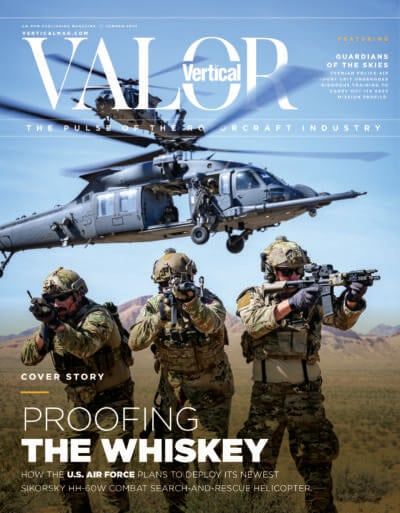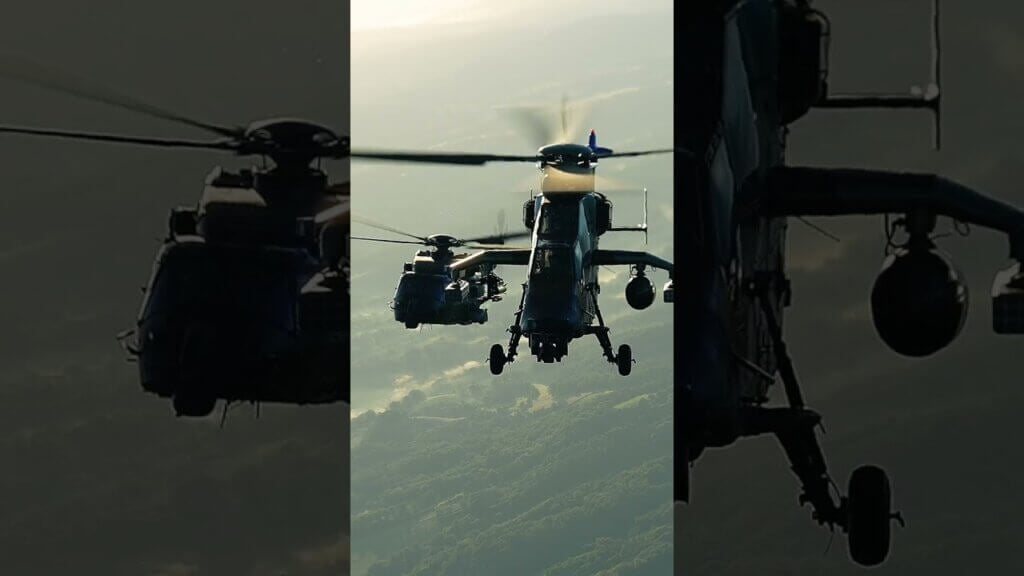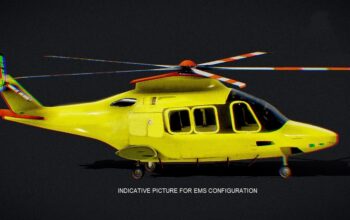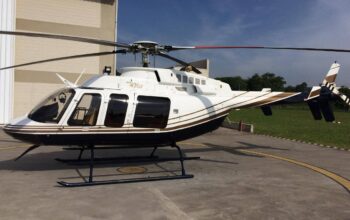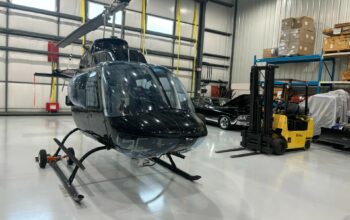The European Union Aviation Safety Agency (EASA) has published proposed means of compliance (MOCs) for eVTOL certification, the latest milestone in its effort to establish an entirely new certification framework for these novel types of aircraft.

Released on May 25, the proposed methods provide detailed guidance for how to demonstrate the safety of eVTOL aircraft and systems, addressing such topics as the structural design envelope, flight load conditions, handling qualities, crash safety, capability after bird impact, and the design of fly-by-wire control systems. EASA is inviting all interested parties to review the means of compliance and provide comments.
According to EASA, the MOCs constitute the third “building block” in its roadmap to enable the safe introduction of hybrid and fully electric VTOL aircraft. The first building block is the “Special Condition for Small-Category VTOL Aircraft” (SC-VTOL) issued in July 2019. The second is a proposed special condition for electric and hybrid propulsion systems, which is open for comments through June 19, 2020.
As EASA explained, while SC-VTOL establishes the safety and design objectives for novel eVTOL aircraft, it does not outline how aircraft developers can demonstrate compliance with those objectives. The 85-page document released this week includes specific guidance for doing exactly that.
The proposed MOCs, while extensive, are not comprehensive. “The first issue of the MOCs mostly concerns subjects that are considered to drive basic design choices and have a higher safety impact on the overall VTOL aircraft architecture. Successive issues of this MOC document will include new MOCs as well as supplements to the existing ones,” the document states.
Moreover, EASA acknowledges that early certification experiences may yield “better insight into the particular characteristics” of eVTOL aircraft, “which might result in modifications of particular elements of the first MOCs that are issued,” according to the document.
In pushing to establish and clarify eVTOL certification standards at this early stage of the industry’s development, EASA aims to “establish a level playing field” and ensure that all designs achieve “a comparable level of safety.” However, other regulators — notably the U.S. Federal Aviation Administration (FAA) — are taking a different approach to certifying eVTOL aircraft.
“While the FAA plans primarily to use the inherent flexibility of Part 23 Amendment 64, so no new regulations are required, EASA has taken the opposite approach of building a whole new regulatory framework from scratch,” explained Vertical Flight Society (VFS) executive director Mike Hirschberg, who last year questioned whether EASA “jumped the gun” with SC-VTOL.
“With this third proposed regulatory document, EASA has again shown its alacrity in building a framework for certificating eVTOL within the European Union,” he said.
EASA detailed the approach behind SC-VTOL at its 2019 Rotorcraft & VTOL Symposium in December, and video recordings of those presentations are available on the agency’s YouTube channel. EASA said its next package of guidance material will be presented during the 2020 edition of the symposium, scheduled for Nov. 10-12 as part of the new rotorcraft event European Rotors.




